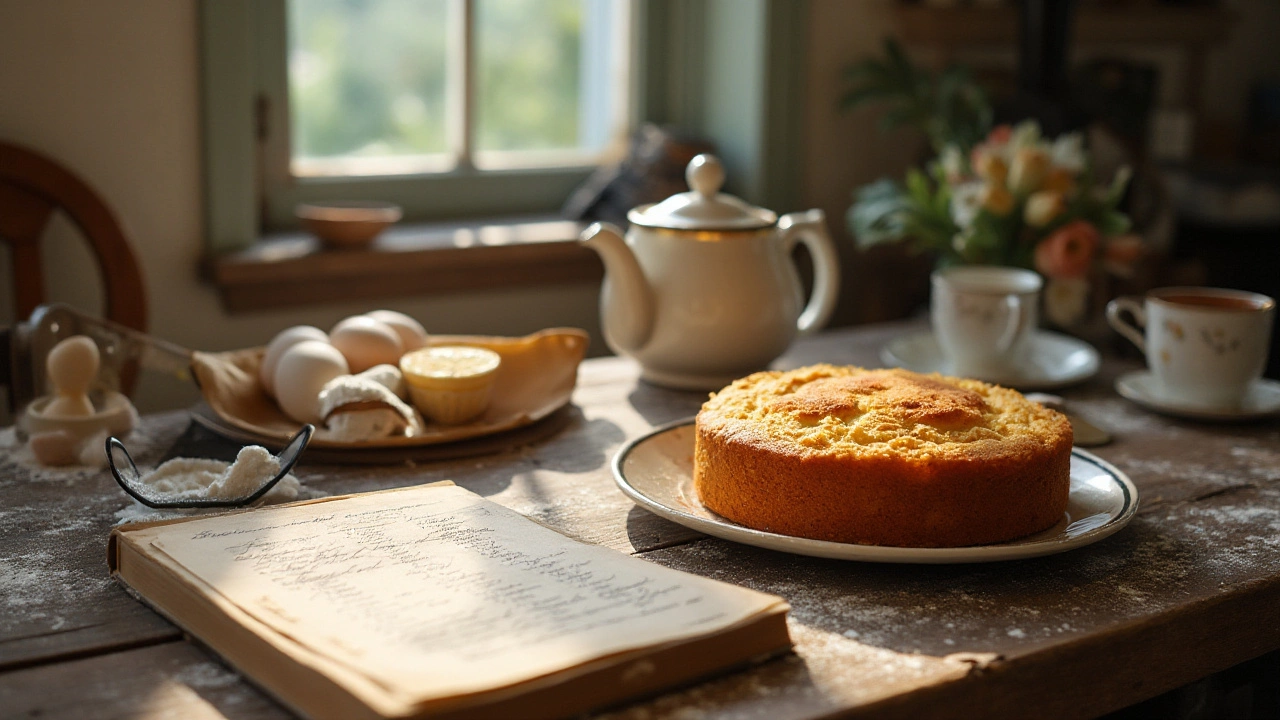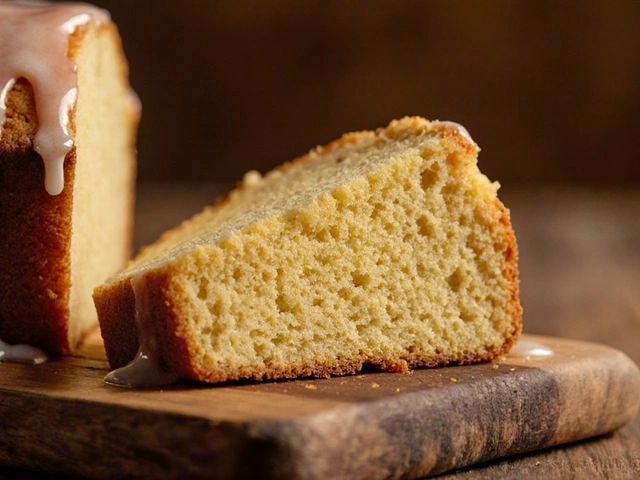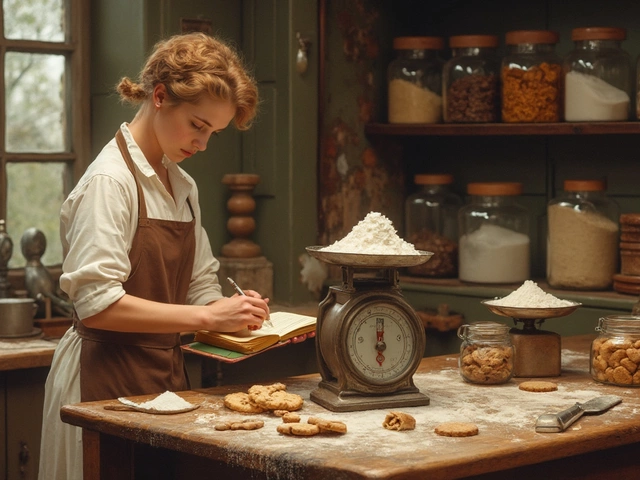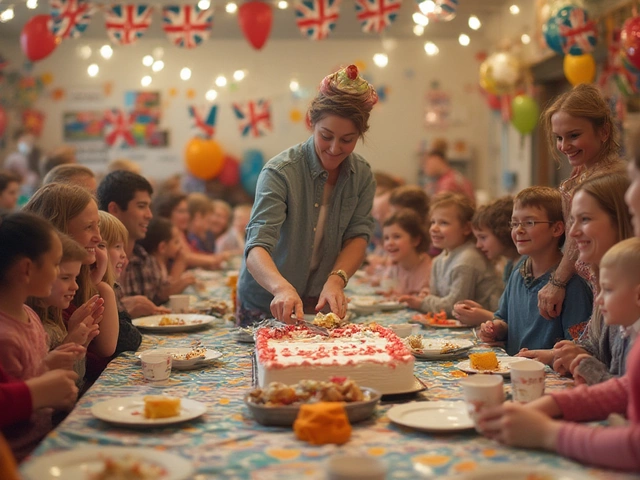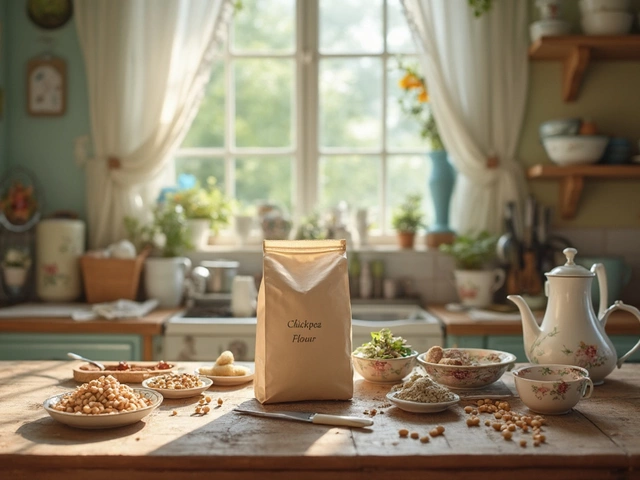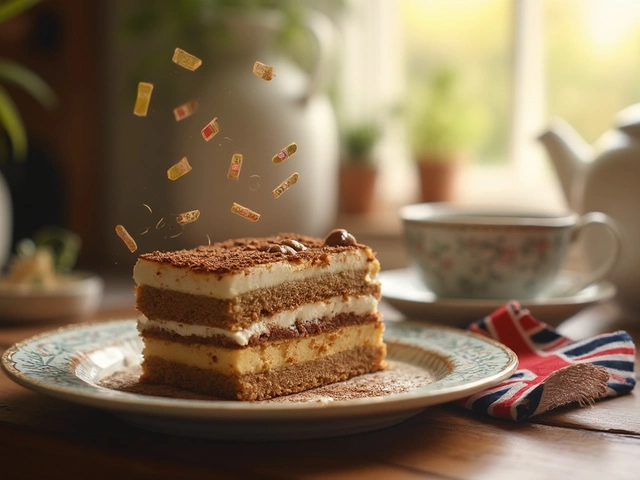Cake Baking Tips: Easy Ways to Bake Better Cakes
Ever wondered why some cakes turn out flat, dry, or crumbly while others look like they belong in a bakery? The answer isn’t magic – it’s a handful of smart habits. Below are the most useful cake baking tips that anyone can follow, no matter how many times you’ve baked before.
Prep Matters More Than You Think
Start with a clean, dry pan. Lightly grease the sides and dust with a little flour, then tap out the excess. This small step stops the cake from sticking and keeps the edges smooth. Next, measure ingredients accurately. Use a kitchen scale for flour and sugar; a little extra or missing weight can change the texture dramatically.
Room‑temperature ingredients mix better. Take butter, eggs, and milk out of the fridge about an hour before you start. Soft butter traps air when you cream it, which lifts the batter. If your butter is still cold, the batter will be dense and the cake heavy.
Mixing Techniques That Keep Cakes Light
The classic "creaming" method—beat butter and sugar until pale and fluffy—creates the base for a light crumb. When you add eggs, beat in one at a time so they fully incorporate. Over‑mixing after you add flour can develop gluten, making the cake tough. Stir just until the dry ingredients disappear.
Don’t forget to sift your dry goods. Sifting aerates the flour, cocoa, and baking powder, giving the batter extra lift. If you don’t have a sifter, whisk the dry mix for a minute to break up clumps and add air.
Temperature and Timing Hacks
Preheat the oven fully before you slide the pan in. Most cakes bake best at 350°F (175°C). If you’re using a dark metal pan, lower the temperature by 25°F to avoid over‑browning. Set a timer for the minimum bake time, then check the cake with a toothpick. It should come out clean or with just a few crumbs attached – that’s when the cake is done.
Rotate the pan halfway through baking. Ovens often have hot spots, and a quick turn helps the cake rise evenly. If the top is browning too fast, loosely cover it with foil for the last few minutes.
Cool, Store, and Serve Like a Pro
Let the cake cool in the pan for 10 minutes, then turn it onto a wire rack. This stops steam from making the bottom soggy. Once fully cool, wrap the cake tightly in plastic wrap if you’re not frosting it right away. Proper wrapping keeps the cake moist for up to three days.
For longer storage, freeze the unfrosted cake. Slice it first, then wrap each layer in cling film and a freezer bag. When you need a slice, let it thaw at room temperature – it’ll taste just as fresh as when you baked it.
These cake baking tips are simple, affordable, and instant. Try them on your next vanilla or chocolate cake and see the difference. A little preparation, careful mixing, and smart cooling can turn an ordinary batter into a bakery‑quality treat. Happy baking!
